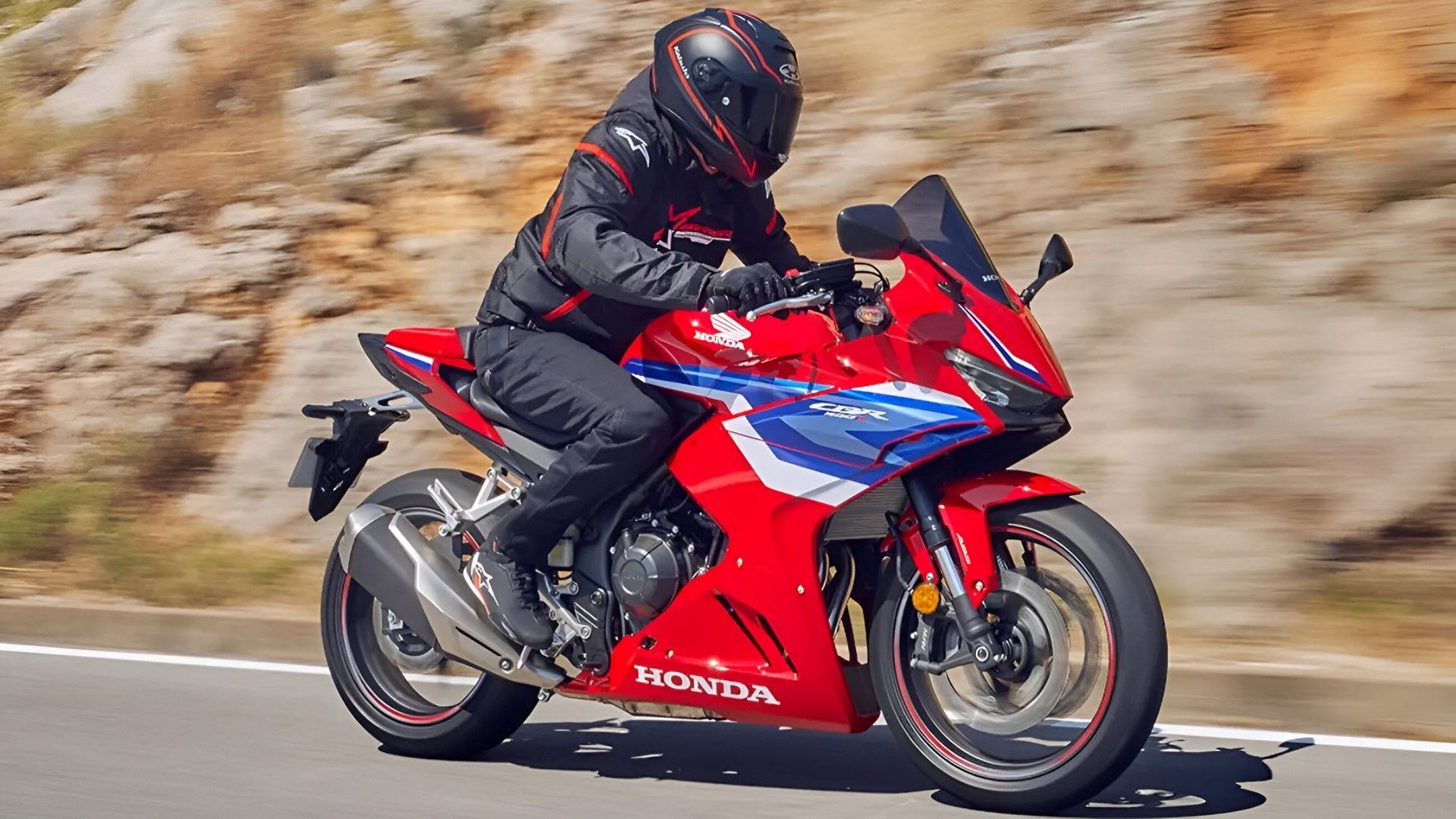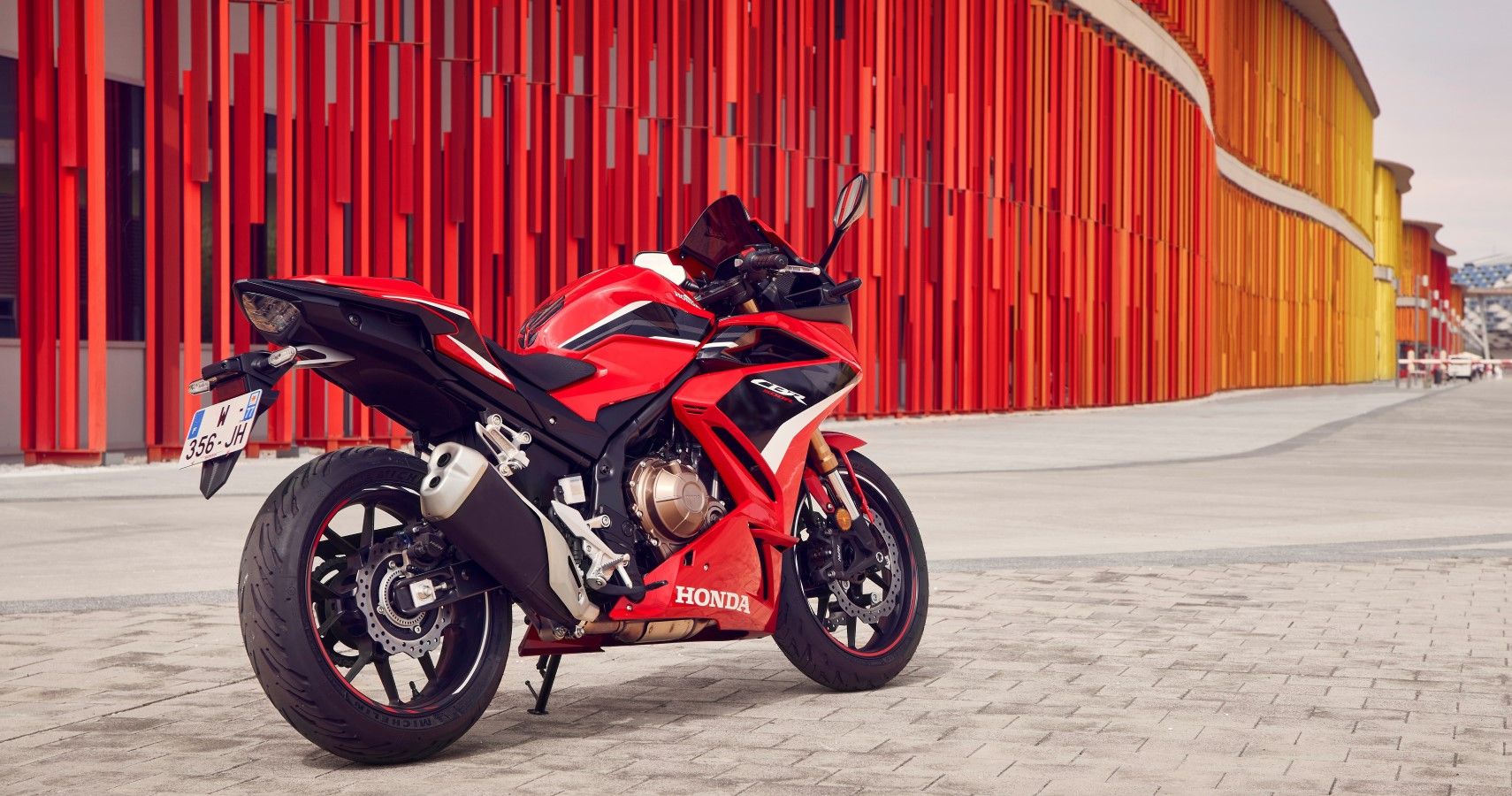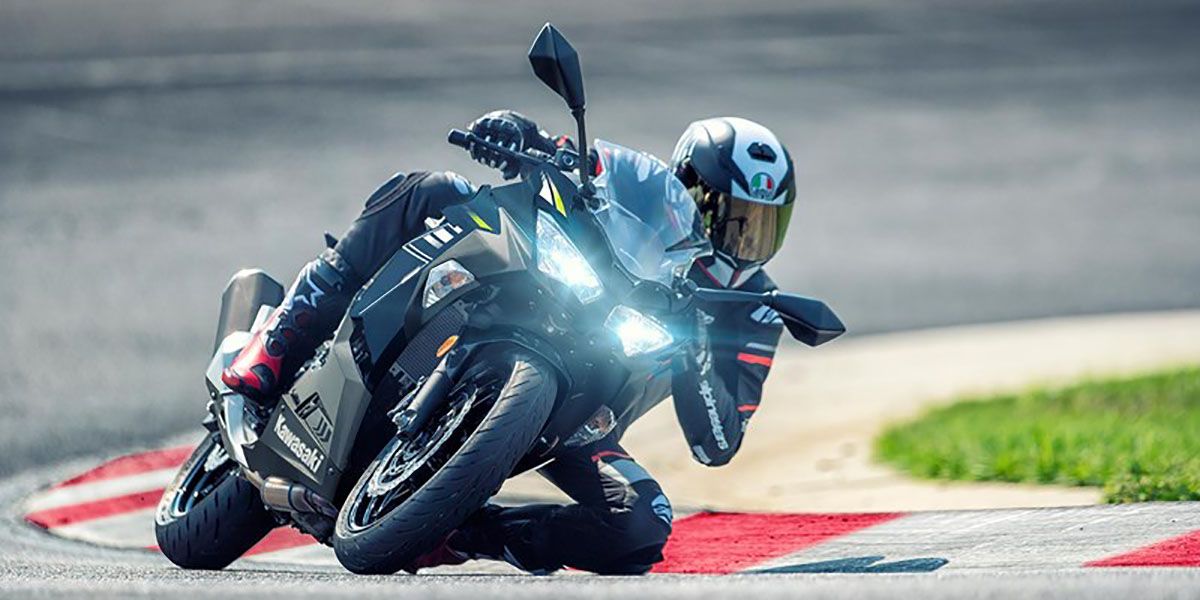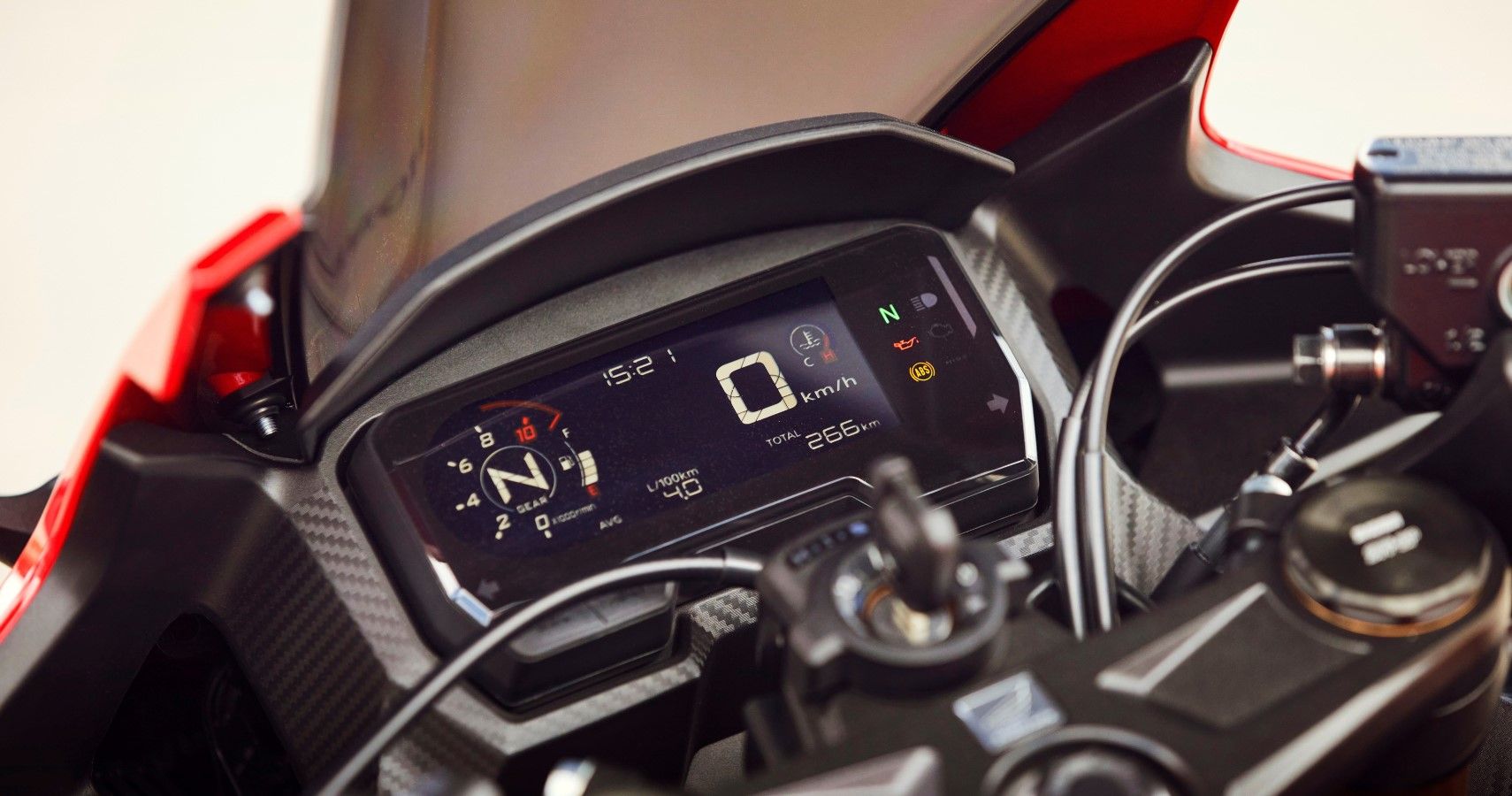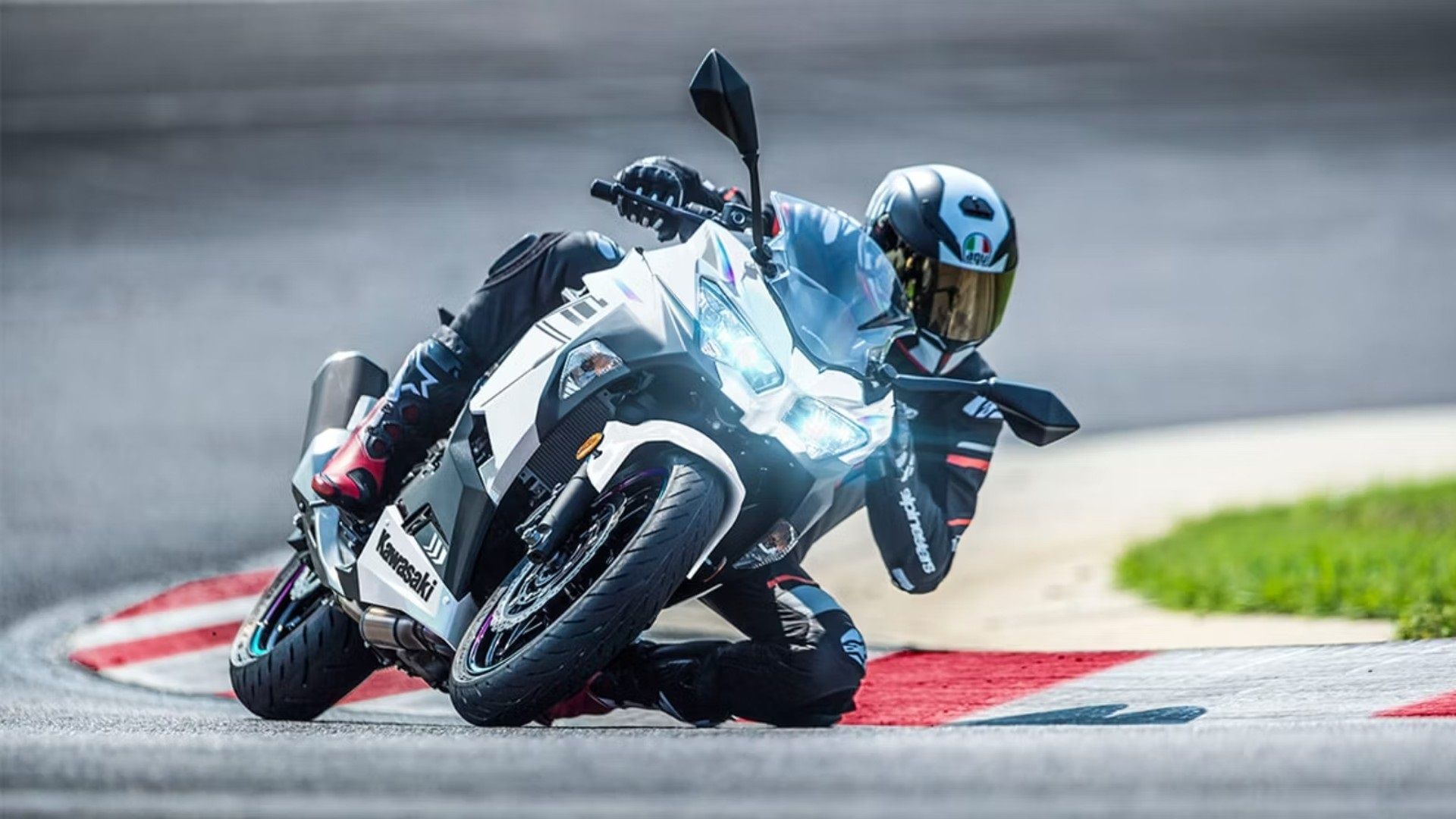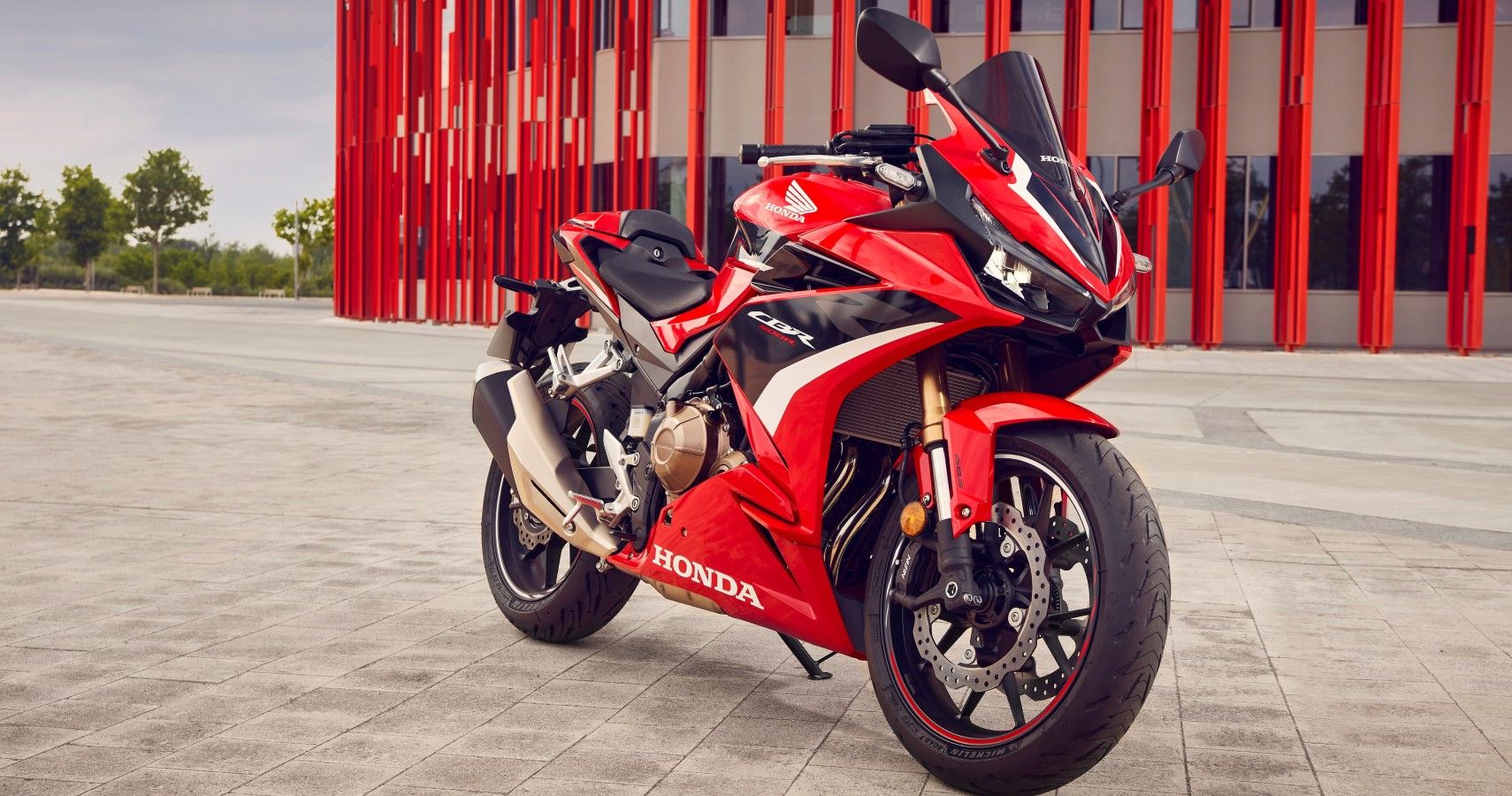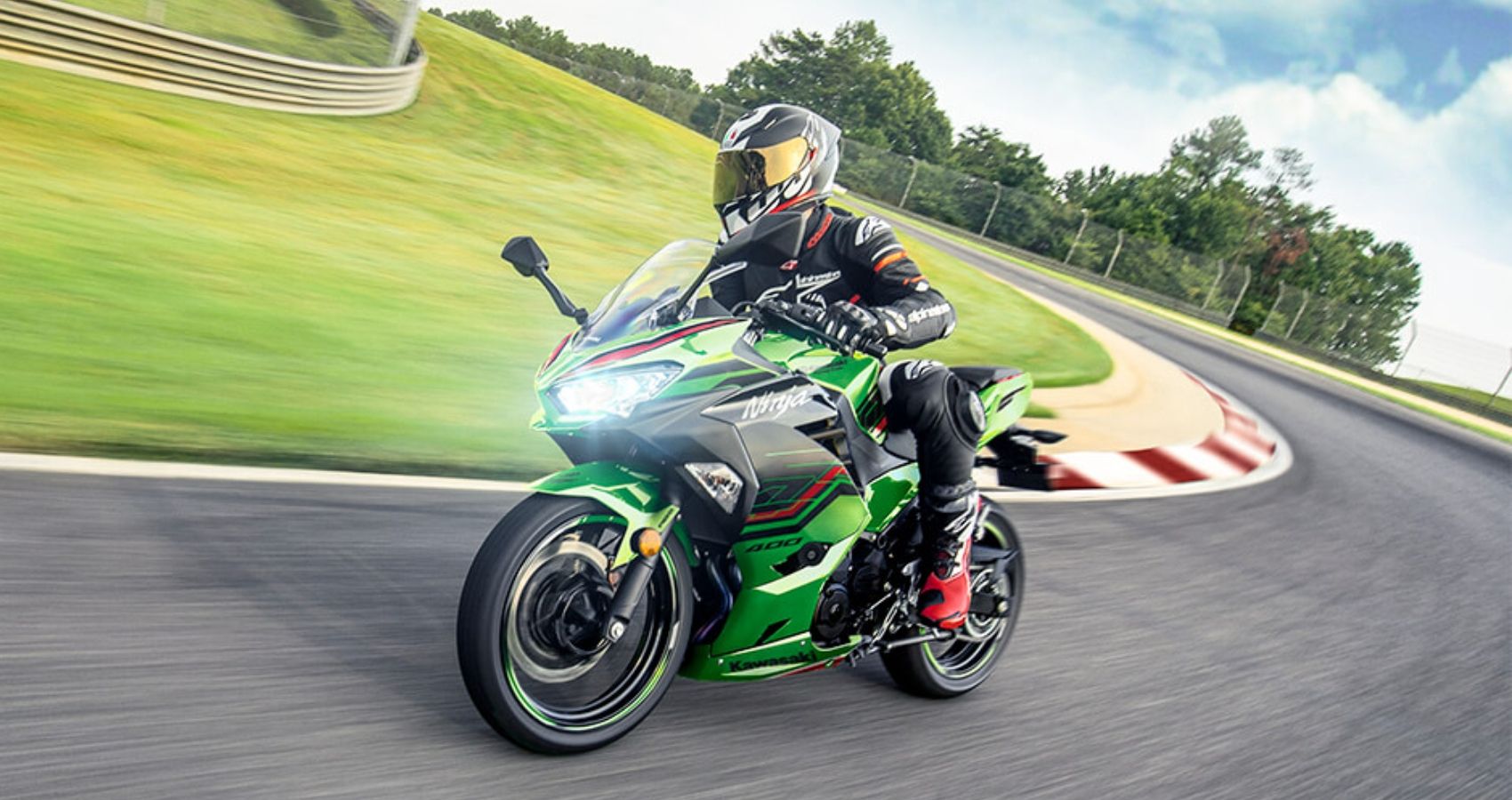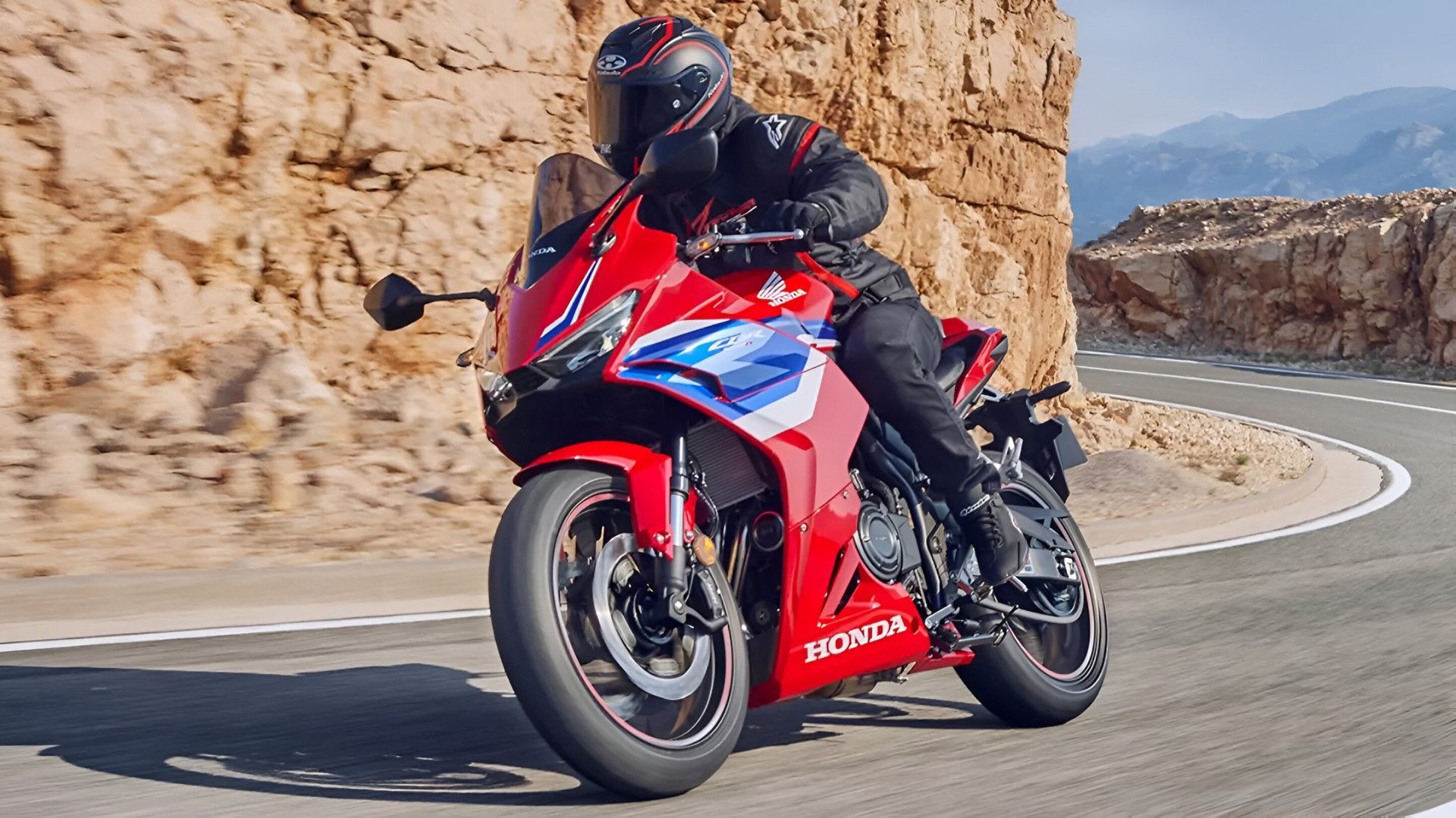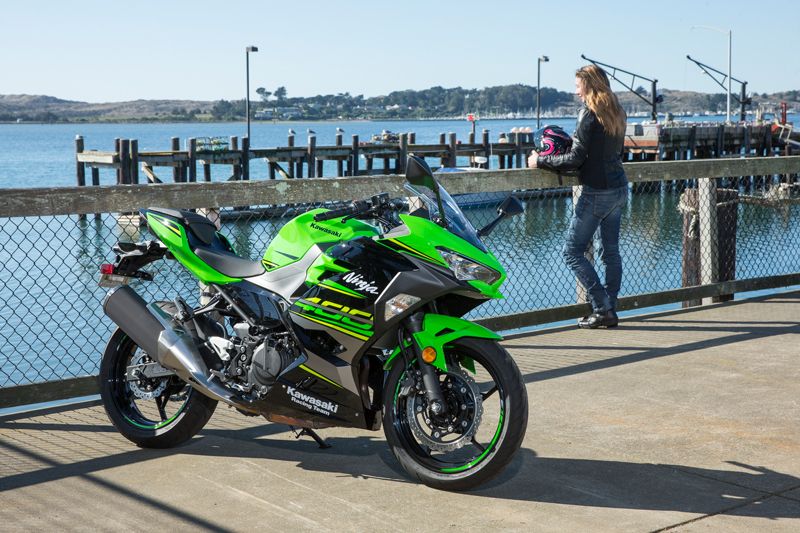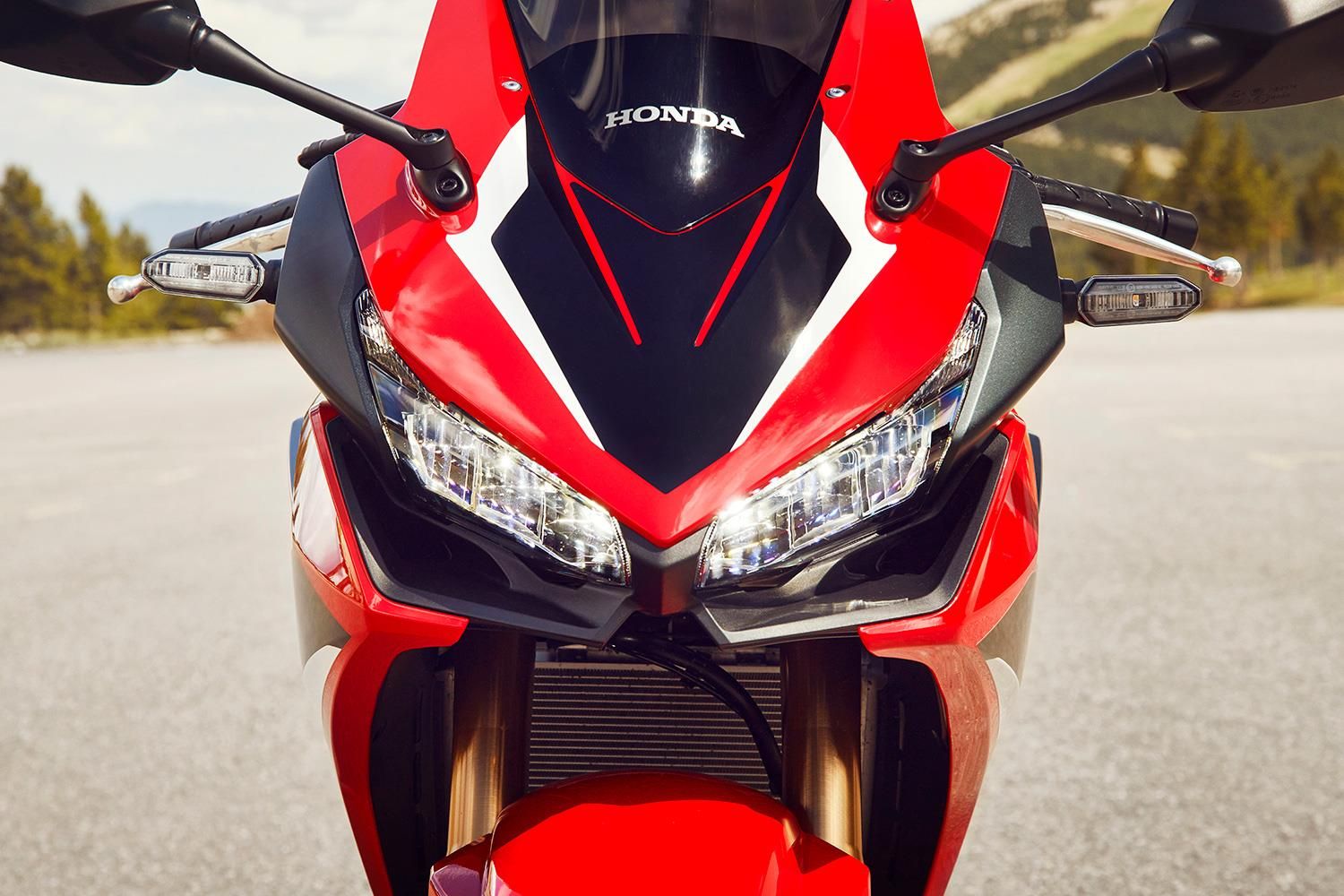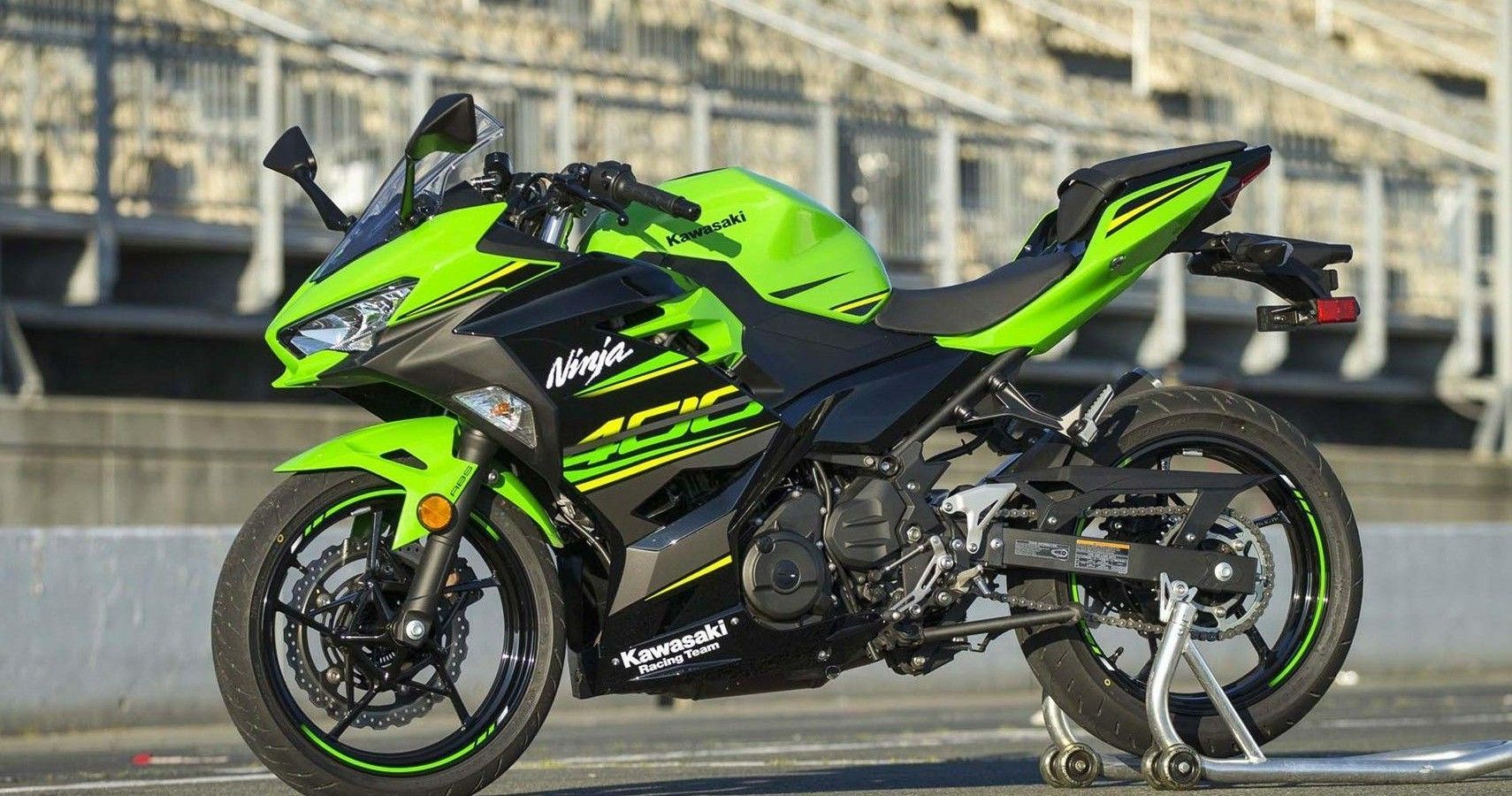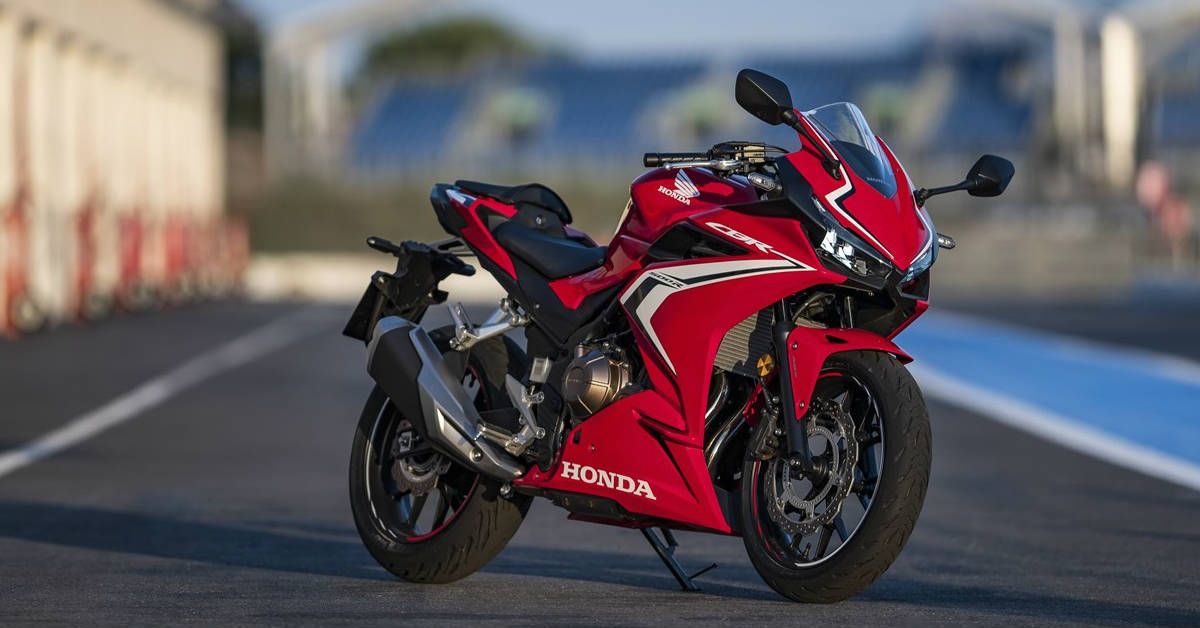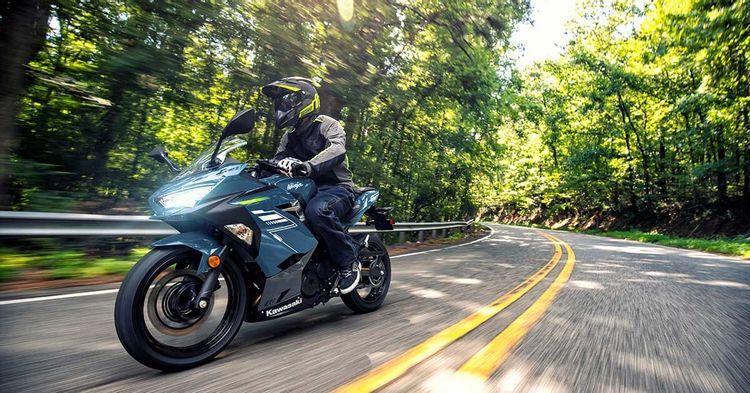Read update
- The Honda CBR500R and the Kawasaki Ninja have long since been rivals in the beginner sport bike category, and they have a lot to offer. We have updated this list to include a few more highlights of the two machines.
It's no secret that most bike enthusiasts dream of the day a liter-class motorcycle makes its way into their garage. The appeal is easy enough to see: intimidating power, unparalleled electronic nannies to keep you safe, and, depending on what you buy, a sharp, agile chassis that acts as the perfect ally to your frequent blasts down your local racetrack. And there are lots of manufacturers, like Ducati, Honda, and Kawasaki, to name just a few, that do a splendid job of providing just that experience.
UPDATE: 2024/04/10 18:47 EST BY RAUNAK AJINKYA
The Honda CBR500R and the Kawasaki Ninja have long since been rivals in the beginner sport bike category, and they have a lot to offer. We have updated this list to include a few more highlights of the two machines.
All that said, with these monstrous liter-class motorcycles come equally gasp-worthy price tags, not to mention the fact that you'd be paying through your nose for frequent trips to the gas station, tire changes, and even putting up with a very aggressive and demanding riding position for the most part. Thankfully, there is a way to side-step most of those issues and keep your dream alive.
It comes in the form of middleweight sport bikes, and for the sake of this story specifically, it features two dominant players: the Honda CBR500R and the Kawasaki Ninja 400. They promise a fair bit while keeping costs low, giving you better efficiency, and reducing your trips to the physiatrist. But which one edges out the other in the overall picture? That's just what this piece looks at answering.
All the information in this piece has been sourced from Honda's and Kawasaki's official releases for the respective machines. Other reliable sources across the internet have been referenced for any missing information.
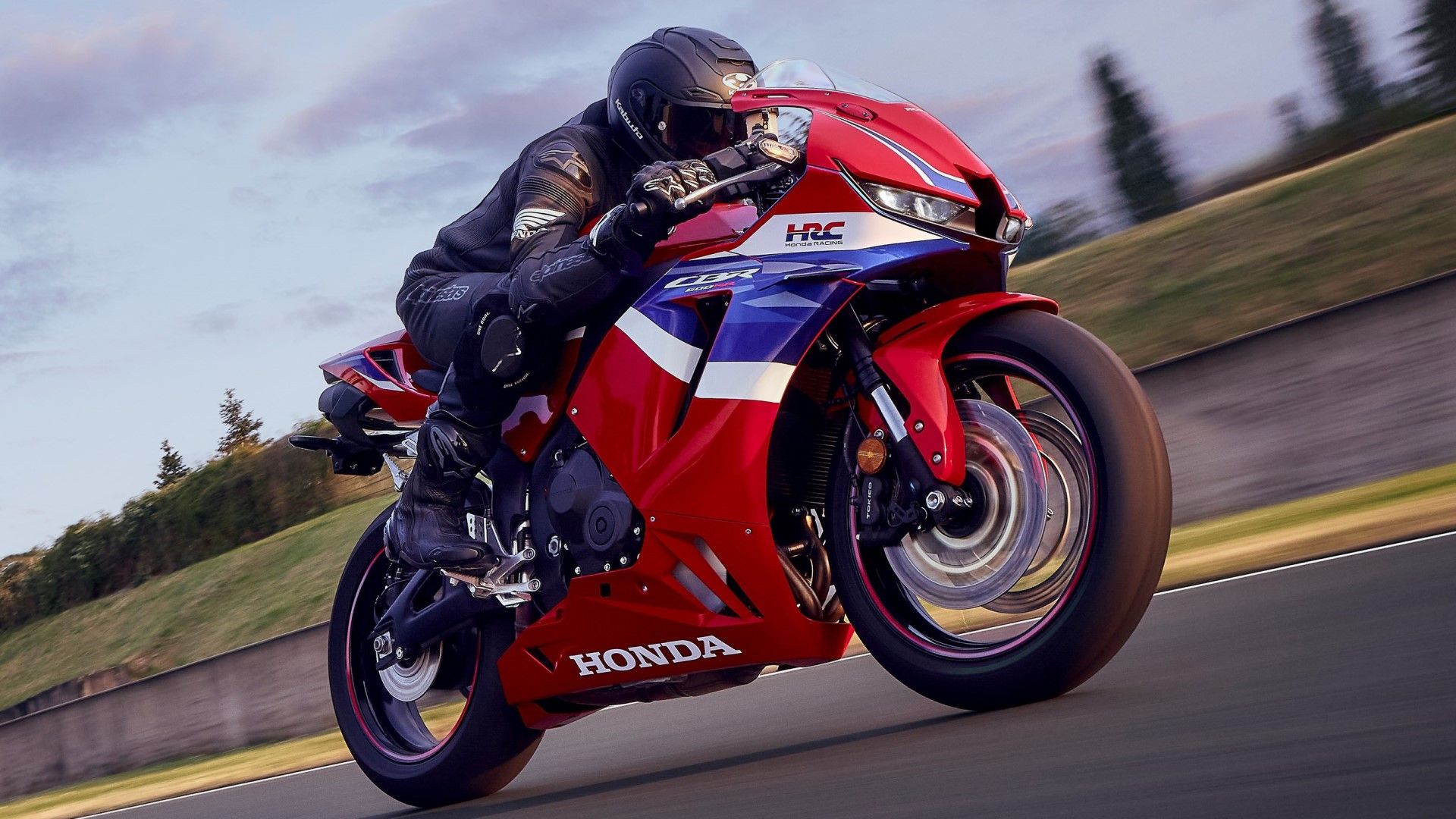
The Return of the Honda CBR600RR In 2024: A Detailed Look
After a long hiatus of freezing developments on the motorcycle, Honda brings its revered supersport back in an all-new avatar.12 We Love The Honda CBR500R's Parallel-Twin Engine
Maximum Output: 46.9 hp & 31.7 lb-ft
Top of CBR500R's strength is the 471cc parallel-twin motor that punches out 46.9 hp and 31.7 lb-ft of torque. It is ridiculously fuel-efficient, economical to run, and good for 63 MPG. But it's about more than numbers, as this motor is a marvel of modern engineering that stresses on high performance while being highly efficient.
Unlike most rev-happy sportbikes, the CBR500R's engine delivers better low to mid-range grunt. Also, with a 17.1-liter tank, the bike will easily cruise for 300 miles between refills.
2022 Honda CBR500R Engine Specs
|
Displacement |
471cc |
|
Engine Type |
Parallel-Twin |
|
Power |
46.9 hp |
|
Torque |
31.7 lb-ft |
|
Bore x Stroke |
67.0 x 66.8mm |
|
Compression Ratio |
10.7:1 |
|
Cooling |
Liquid-cooled |
(Specs sourced from Motorcycle Specs)
11 We'd Rather Have The Kawasaki Ninja 400: It Is Lighter
Curb Weight: 366 lbs (Ninja 400) vs 423 lbs (CBR500R)
While the CBR500R has a 73cc advantage over the Kawasaki Ninja 400, the Ninja is 57 pounds lighter, and this weight advantage contributes to its better in-gear feel and outright acceleration. The CBR500R weighs 366 lbs compared to the 423 lbs of the Ninja 400.
The Ninja's lower weight makes it easier for beginners to hop onto and tame. Also, while the CBR is a better all-around bike, the lighter Ninja 400 will perform better around the track.
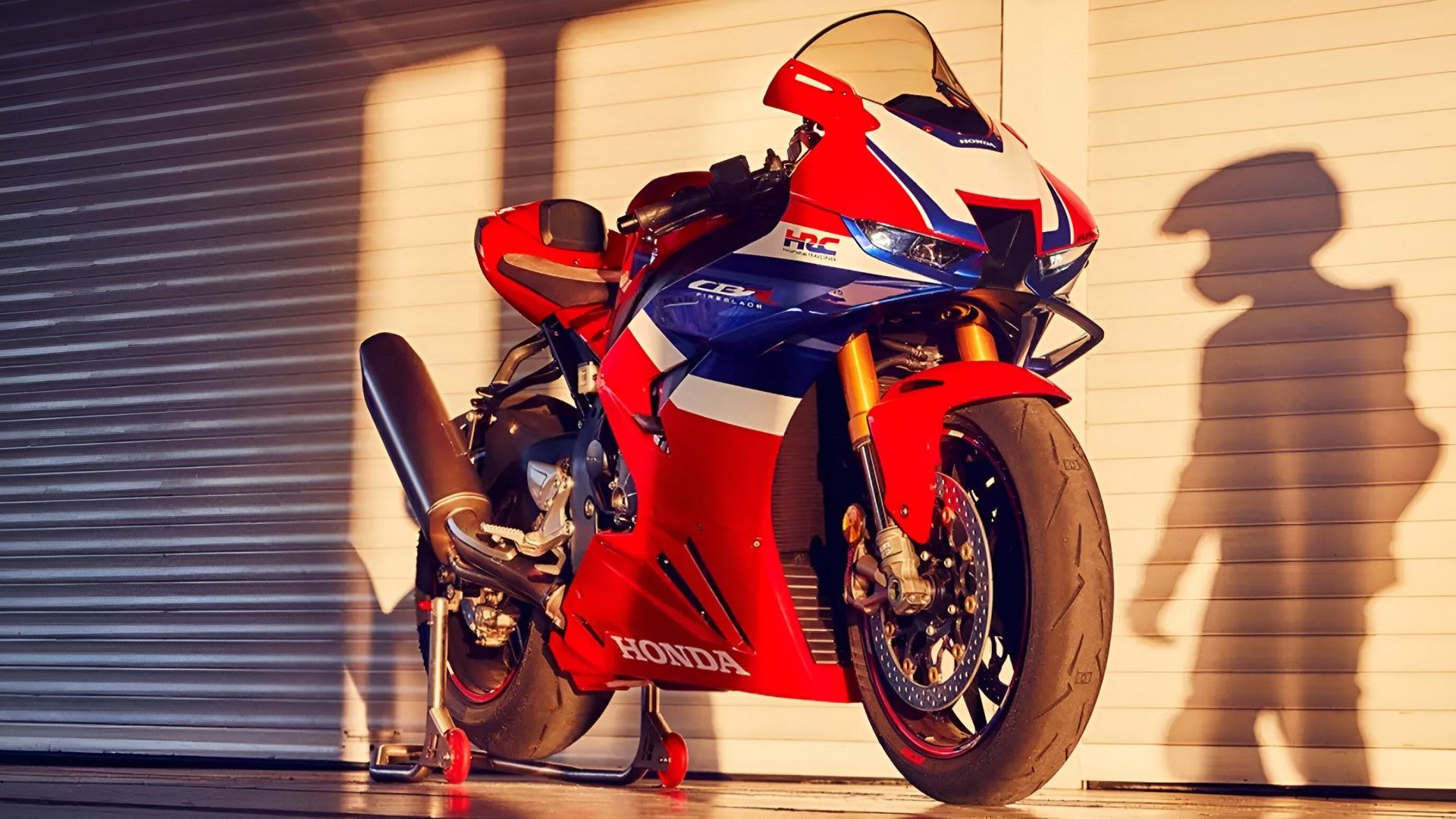
Every Honda CBR Series Model Ranked By Power
"CBR" is one of the most recognizable monikers that signifies quality and performance. These are some of the most iconic CBRs from over the years.10 We Love The Honda CBR500R's Reliability And Build Quality
Owners' Reliability Rating: 5/5
The 2022 Honda CBR500R has the advantage of being a Honda and has carried over much of its DNA from the 2019 bike. MCN's owners' reviews gave the 2019 to 2021 model a five-star out of five reliability and build quality rating.
The latest model feels solidly built and shows no indication that it might suffer a different fate from the outgoing model - most owners have reported zero faults after years of use.
9 We'd Rather Have The Kawasaki Ninja 400: Easier To Ride
The bike's friendly character means that riders of all skill levels can enjoy riding the Ninja 400. Both the CBR500R and the Ninja 400 are quite forgiving. While the Ninja 300 had a longer stroke, the 400 came with a new, bigger displacement engine. Still, it retained the root formula for an extremely beginner-friendly bike while being 17 pounds lighter than its smaller displacement sibling.
The rider triangle is aptly preserved while remaining very comfortable. The Ninja's superior power-to-weight ratio makes it more track-friendly.
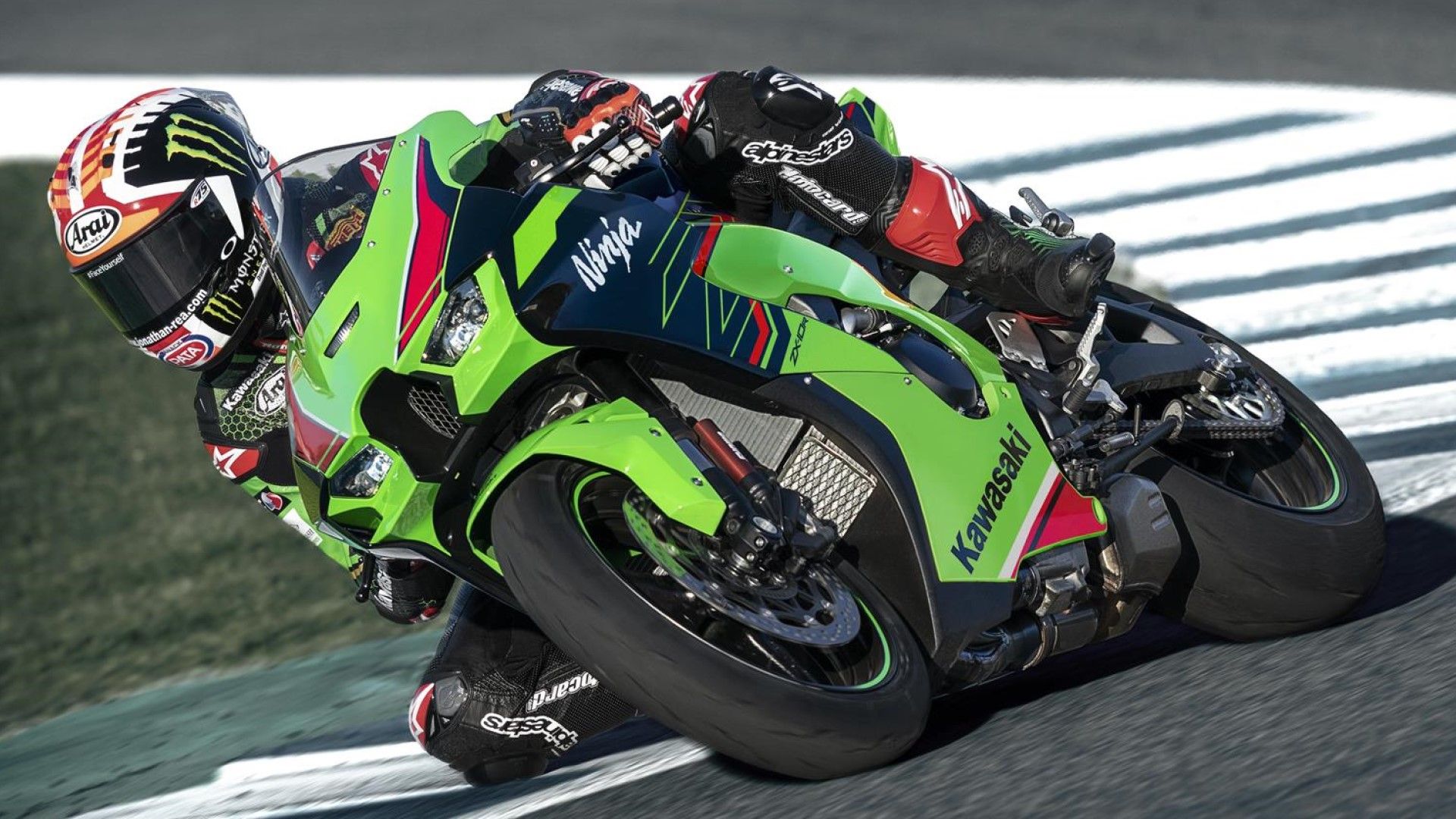
Every Kawasaki Ninja Model Ranked By Power
Right from the full-blown Ninja H2R to the entry-spec Ninja 400 - here are all the Kawasaki Ninja models listed based on their power outputs.8 We Love The Honda CBR500R's Sleek, Aggressive Design
Anyone new to the world of motorcycles would be forgiven for confusing the CBR500R for a Fireblade. The chassis geometry and balance are near perfect, a testament to Honda's refinement of the CBR nameplate across 25 years. The full fairing featuring supersport styling reminds you that the CBR500R is a legitimate CBR. Aerodynamic lines cut neatly through the air while protecting the rider from the elements.
The riding position is sporty and comfy, with a dynamic seating stance where the rider can confidently navigate the twisties and later comfortably commute across town without feeling cramped.
7 We'd Rather Have The Kawasaki Ninja 400: The Ninja 400 Is Quicker
Top Speed: 117 mph (Ninja 400) vs 109 mph (CBR500R)
The two bikes feature similar engine configurations, and the odds are further stacked in favor of the CBR500R with a distinct advantage in the extra 73cc over the Ninja 400. Regardless, the bikes generate the same peak power figures, with the CBR having a much better torque output. But the Ninja still has better outright acceleration than the CBR.
The Ninja is faster both from a rolling start and going flat out through the gears, but the CBR eventually catches up since both have similar top speeds. The Kawasaki takes advantage of its lighter weight and higher revs across all gears.
2022 Honda CBR500R vs 2020 Kawasaki Ninja 400 Speed Comparison
|
Model |
Honda CBR500R |
Kawasaki Ninja 400 |
|
0-62 mph |
5.5 seconds |
5.3 seconds |
|
0-93 mph |
14.3 seconds |
13 seconds |
|
62-93 mph |
11.6 seconds |
8.3 seconds |
|
Top Speed |
109 mph |
117 mph |
(Data sourced from FastestLaps)
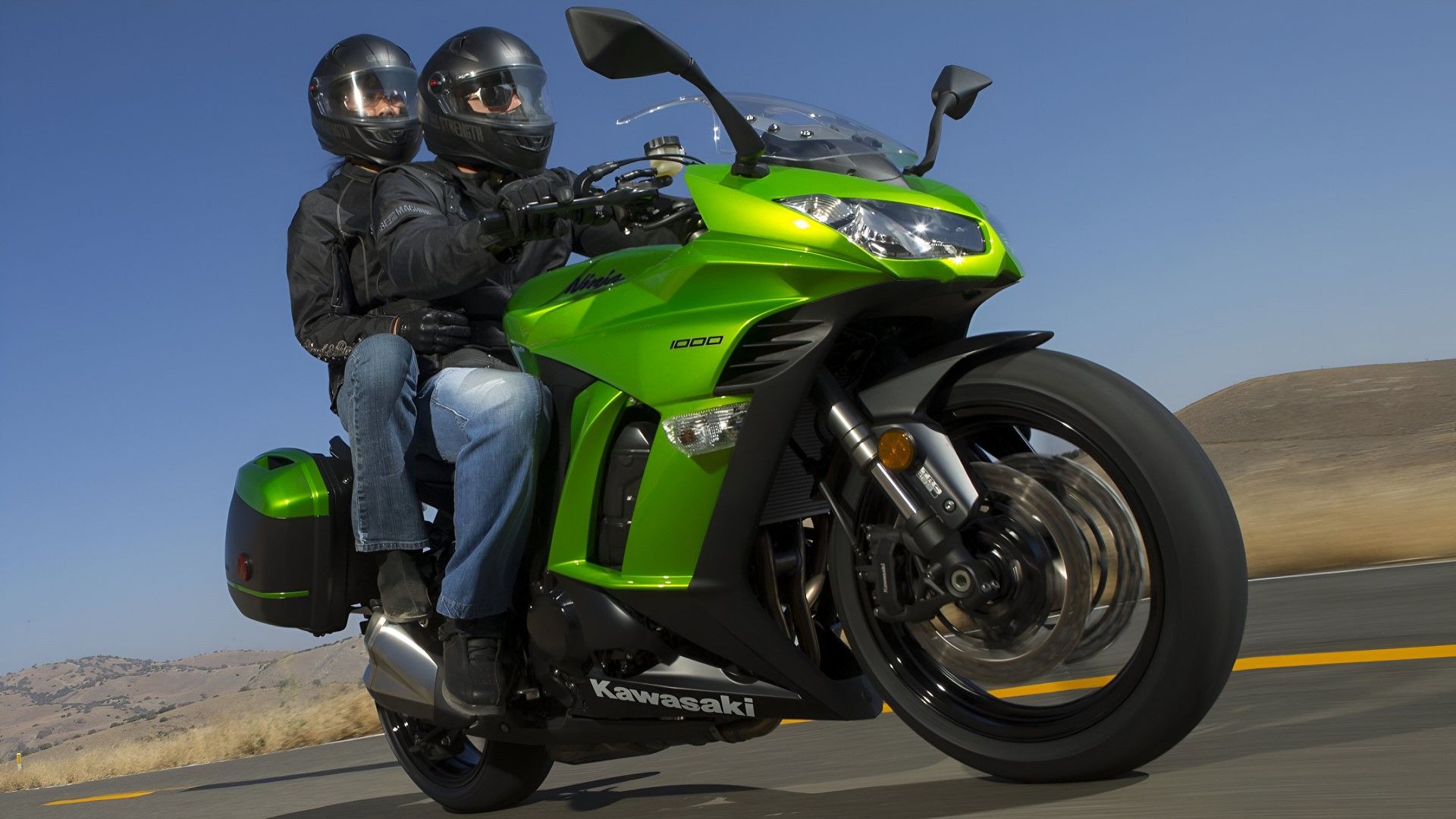
10 Best Kawasaki Ninja Models Ever
A look at some of the most iconic sportbikes of all time, all with one common name—the Kawasaki Ninja!6 We Love The Honda CBR500R's Ride Quality
The CBR500R is great at many things, one of which is the quality of ride it offers. It goes without saying that highway runs will be tackled with ease, but the Honda really shines when it comes to imperfect roads. The Showa 41mm forks help out a lot over here, aside from helping keep the bike planted and safe at higher speeds.
There's also the matter of seat quality and the overall riding triangle, which is set up to be as accommodating and ergonomic as possible for a wide variety of body types.
2022 Honda CBR500R Suspension & Brake Specs
|
Front Suspension |
41mm Showa SFF-BP inverted fork, preload adjustable |
|
Front Wheel Travel |
4.3 in. |
|
Rear Suspension |
Prolink mono with 5-stage preload adjuster |
|
Rear Wheel Travel |
4.7 in. |
|
Front Brakes |
2x296mm wave disc with Nissin radial-mounted 2-piston calipers |
|
Rear Brakes |
Single 240mm wave disc with single-piston caliper |
(Specs sourced from Motorcycle Specs)
5 We Love The Kawasaki Ninja's Optional Extras
The good thing about the Ninja 400 is that you don't simply have to be content with the bike the way it is. Kawasaki offers a fairly substantial list of optional extras that you can spec, and quite a lot of them are actually useful.
For example, you can get an Ergo-Fit high seat, a large windshield, frame sliders, a U-lock, a pillion seat cover, a tank bag, and even a DC outlet for your charging needs. These are all Kawasaki-branded, needless to say, so you can rest assured that they are tailor-made to your Ninja 400.
Kawasaki Ninja Optional Accessories
- Ergo-fit high seat
- Large windshield
- Frame sliders
- U-lock
- Pillion seat cover
- Tank bag
4 We Love The Honda CBR500R's Lights
Experts agree that motorcycle headlights make riders more visible to other road users. Since oncoming motorists can detect a headlight long before they spot the bike, having strong headlights can help increase your safety as a rider. Honda has used high-efficiency, bright LEDs for the head and tail lights.
These LEDs consume less juice, last longer, and adequately light up the night while being equally visible during the day. You could expect this feature to come with a flagship liter bike, but perhaps not on a $6k bargain bike.
3 We'd Rather Have The Kawasaki Ninja 400's Precise Handling
The Ninja's precise handling can be partly attributed to its impeccable balance. Kawasaki continues to push the limits regarding agility and riding dynamics, which is true with the Ninja 400, as it prides razor-sharp handling capabilities. Also, with the 2018 overhaul, the Ninja 400 received a thicker fork, further contributing to its being better than the Ninja 300's agile handling.
Add a respectable ground clearance, and you have the perfect machine for the twisties you can throw around confidently without scraping the pavement with the footpeg feelers.
2020 Kawasaki Ninja 400 Chassis & Dimensions Details
|
Frame |
Trellis, high-tensile steel |
|
Rake |
24.7 ° |
|
Trail |
3.6 in. |
|
Steering Angle |
35 ° (left and right) |
|
LxWxH (Inches) |
78.3x27.9x14 |
|
Wheelbase |
53.9 in. |
|
Seat Height |
30.9 in. |
|
Ground Clearance |
5.5 in. |
(Specs sourced from Motorcycle Specs)
2 We Love The Honda CBR500R's Sporty Exhaust Sound
Since the 2016 model year, Honda upgraded the CBR500R's exhaust to a stainless-steel system that produces a throatier growl and an intimidating presence that almost contradicts its ultra-approachable stance. It rises to a charming burbling exhaust note when you cross the 60 mph mark.
The exhaust isn't so loud it'll land you in trouble with neighbors, yet it is loud enough to make everyone aware of the presence of a real CBR. It is one of the few stock pipes most riders would be happy living with without needing an aftermarket upgrade.
1 We'd Rather Have The Kawasaki Ninja 400: It Is More Affordable
Starting MSRP: $5,299 (Ninja 400) vs $7,299 (CBR500R)
The Ninja 400 offers great value for money, whether you go for the non-ABS trim or spend the extra $400 to get the ABS version. The 2023 Ninja 400 comes with a bargain base price of $5,299 compared to the more expensive 2023 CBR500R, starting at a distant $7,299.
Considering what both bikes offer and how close they are in almost all areas, the Ninja 400 is a massive bargain. Perhaps the more premium standard features it packs over the Kawasaki can justify Honda's cost.
- Source for features: Honda, Kawasaki
- Source for technical specifications: Motorcycle Specs, FastestLaps

